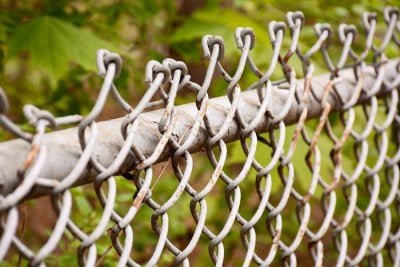Chain link fencing is one of the most recognizable kinds of fencing around. It’s very practical, highly durable, and economical when compared with other types of fences. If you have the gumption and the skillset, you could attempt to install this fencing by yourself. However, to ensure it’s installed properly, leave the job to professionals who specialize in chain link fencing in Bergen County. Here’s a basic, step-by-step outline of how to construct this fence.
Marking Your New Fence’s Layout
Before you start any construction project that involves digging a hole, be sure you contact your utility company to have your underground utility lines marked. The last thing you want to do is to damage your utility lines while

digging out a posthole. Determine where your property lines are and appropriately mark out where your fence will run using string or spray paint. Space out postholes evenly anywhere from 6’ to 10’ apart. Remember to abide by all municipal codes regarding fencing.
Breaking Ground
With a posthole digger, dig out a hole that is about two feet deep and eight inches wide. Add gravel to the hole and place the post in, making sure that it’s level and plumb, and that 45 inches of the post is exposed from ground level up. In a bucket or a wheelbarrow, mix your preferred brand of fast-drying cement. Pour the wet mixture into the hole and allow it to cure for 48 hours. Repeat as many times as necessary, depending on how many posts you plan to use.
Capping and Fitting Your Posts
Once your fence posts are securely upright, it’s time to affix rail cups and dome caps to your end posts. The rail cups hold up the two lengths of metal tubing, or rails, that run horizontally between two end posts, which frame the chain-link mesh. After they are in place, top each post with dome cap.
Stretching Out the Mesh
Stretch out your fence’s mesh—the part that gives chain link fences their iconic look. Attach the end of your mesh roll to the first post using three tension bands and a tension bar. Slowly roll out the mesh along your fence line’s outer perimeter, working in sections to achieve the desired look. Use a ratchet to give tautness to the mesh.

